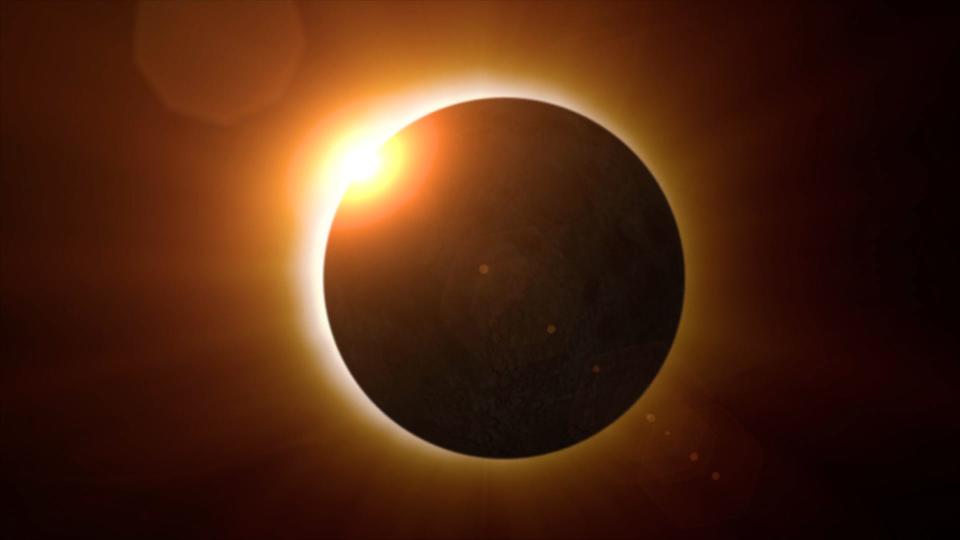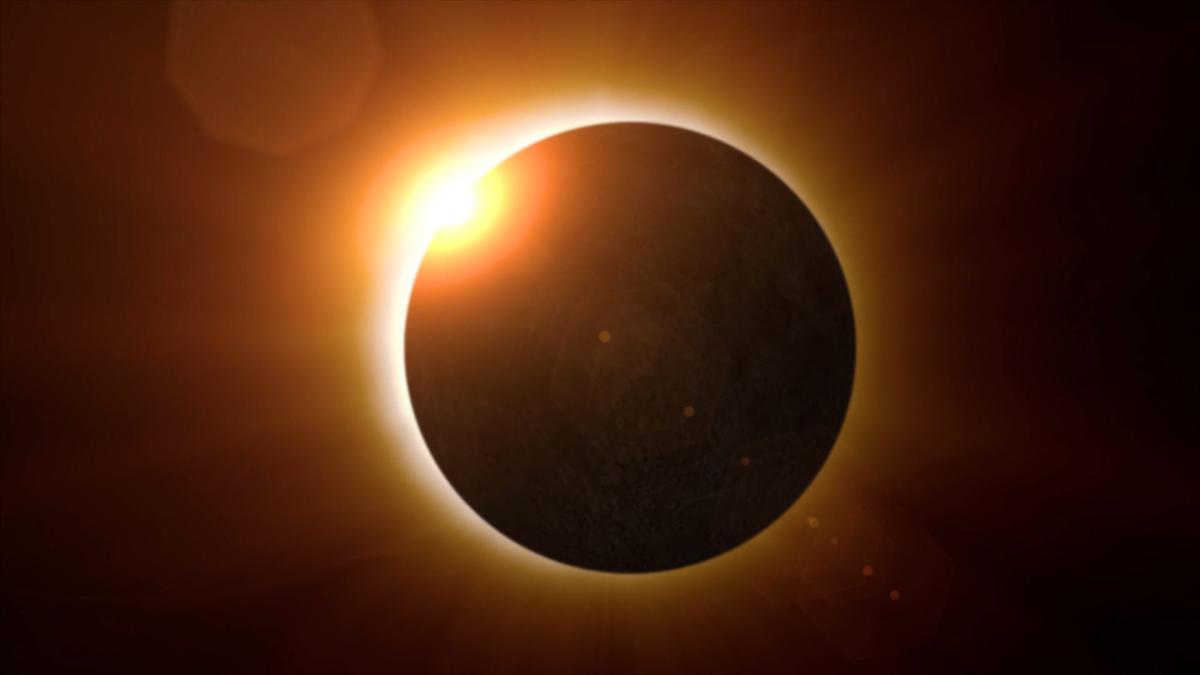There’s good news for you — there are several ways to watch the eclipse from the comfort of your own home. Here’s how.
Dispatch.com will stream a live feed from the the Neil Armstrong Air & Space History Museum in Wapakoneta Monday afternoon. Just play the video above.
In Wapakoneta, darkness will begin about 1:54 p.m. with total darkness from 3:09 p.m. to 3:13 p.m. Full light will return at 4:25 p.m.
Other places to stream the total solar eclipse. How to watch at home without eclipse glasses
If you can’t make it to a prime location to watch the solar eclipse, here are a few options to consider.
NASA will be livestreaming the eclipse from 1 to 4 p.m. EDT on NASA+ as well as its social media feeds, including YouTube, Facebook and Twitch. According to NASA, its livestream will include views from across the path, expert commentary, live demos and more.
The United States Space Force also is offering a livestream of the eclipse, starting at 1 p.m., courtesy of NASA. The Space Force will also be liveblogging the event.
Another option is Exploratorium. The site is offering several livestream options, including live coverage from Junction, Texas, and a telescope view from Torreón, Mexico.
USA TODAY, which, like this publication, is also owned by Gannett, will live stream the eclipse:
Can you use regular sunglasses to view the solar eclipse? Why do you need eclipse glasses?
The sun can burn the eyes and damage the retinas if you don’t wear proper eye protection or take other safety precautions to view solar eclipses. Astronomers and other experts say that eclipse watchers should wear specialized eyewear crafted to protect your sensitive retinas from permanent damage. And that means eclipse glasses.
The damage occurs because people’s natural response to squint when looking at direct sunlight does not get triggered when a partial eclipse happens.
Such was the case with one Staten Island woman who watched the 2017 eclipse using faulty glasses that caused severe retinal damage. Doctors from Mount Sinai’s New York Eye and Ear Infirmary chronicled this luckily rare case in JAMA Ophthalmology, a medical journal. The woman told doctors that she had gazed at the moon passing in front of the sun through what she thought were protective glasses. The damage on her left retina, the area at the back of the eye where the brain receives images, looked like the shape of a partial eclipse.
“It’s a very focused beam of high-energy light from the sun itself,” Dr. Avnish Deobhakta, an ophthalmologist at the Mount Sinai infirmary who treated the woman, told USA TODAY. “It can actually destroy parts of the retina, and certainly destroy it in the shape of an eclipse.”
Can you look at the solar eclipse with your phone?
Much the same way one should protect their eyes when watching the eclipse by wearing eclipse glasses, one should protect their phone when taking pictures of it.
For taking casual photos with a phone before or after totality, use solar film or hold eclipse glasses over the lens to protect it. It is easier to keep the protection on during totality, but just as eclipse glasses can be removed from your eyes during the few moments of totality, the same goes for phone lenses.

This article originally appeared on The Columbus Dispatch: Solar eclipse 2024: Dispatch, others will livestream event on April 8
